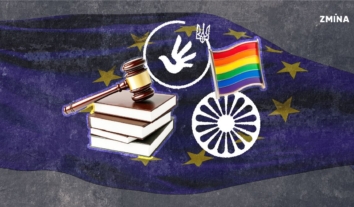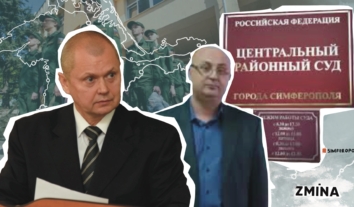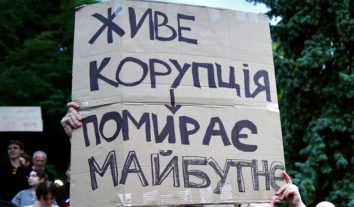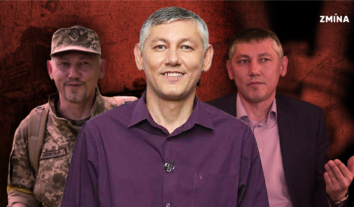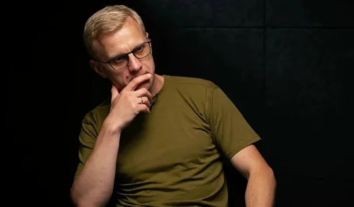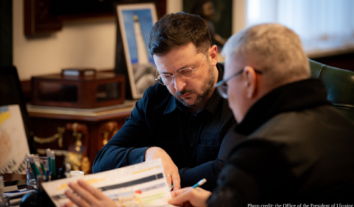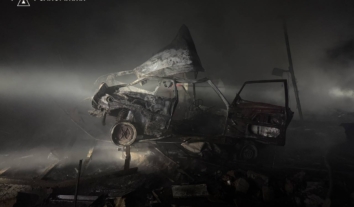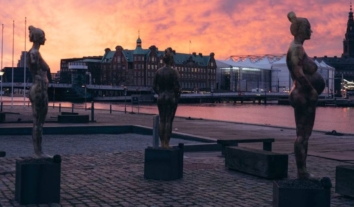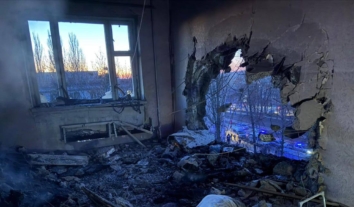Iryna Vyrtosu: We should not contrast one national community with another
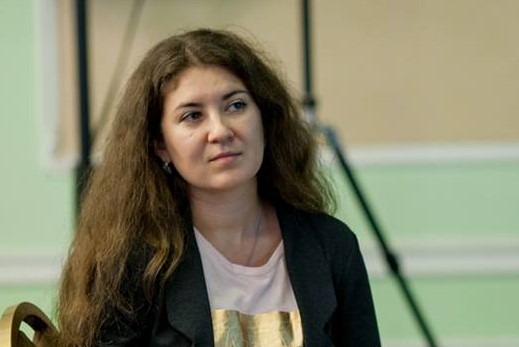
Iryna Vyrtosu, the chief-in-editor of the Human Rights Information Centre and journalist, notes that, in general, Ukrainian journalists have begun to use politically correct terms concerning the Roma community. However, at the same time their articles often contain unacceptable phrases like “locals protested against Roma community”.
August 27, the body of a girl born in 2007 was found in Loshchynivka village of Izmail district of Odesa region with signs of violent death. A local citizen was detained on suspicion of murder. Loshchynivka residents were angry because the suspect was one of Roma people, who live in their village. This led to demolishing of Roma people houses.
MediaSapiens asked expert Iryna Vyrtosu to comment on how Ukrainian media managed to cover the news about the conflict that had arisen between the villagers.
According to the expert, the journalists have begun to use politically correct terms concerning Roma community. However, they still should work out over the news content and the way of representing the information. Iryna notes that there are about 2,500 murders per year in Ukraine, but this does not result in 2,500 demolition acts. Therefore, the media should be very careful in describing delicate topics and reporting about them.
– How do you evaluate the professional level of the media, when it comes to reports about Roma community in the news, especially in the context of the latest torrents of information about events in Odesa region?
In general, the professional level of coverage of Roma community issues, as, indeed, other national communities, is very low. As a rule, the interest arises when there are high-profile cases or the material is coincided with a “something special” Day. There are more than 130 nationalities living in Ukraine – and what do we know about them from the media? We can only find out about them from national communities outlets that have very small circulation audience.
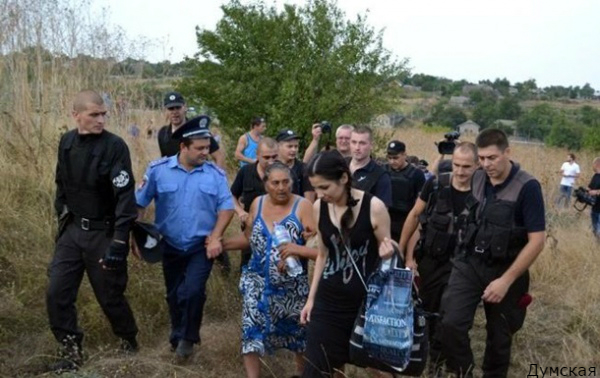
There is a very strong (mostly negative) stereotype concerning Roma community and it causes the problem of Roma theme coverage. I have recently spoken to 3-year-old girl and asked her “Where’s your toy?” She answered me very calmly and confidently “The Gypsies have stolen it”. This happened despite the fact that she had not yet read newspapers… unlike her parents.
It is a classic of the genre, when there is a crime and a suspect has certain characteristics (nationality, ethnic origin, color, IDP status) becomes the basis for media reports. For example: “The Gypsy (Roma) stole a cow.” At the same time if a Ukrainian commits such a crime, journalists do not even notice that.
Regarding the Loshchynivka tragedy. The media rather quickly reacted to the event, unfortunately, a tragic one, and unanimously started to cover it. The discussion about the situation wandered from social networks to the media, and vice versa.
It is revealing that the term ‘Roma’ is used, which shows the interest in the politically correct terminology and apparently attempt to avoid hate speech (as in the case of using terms like migrant, internally displaced person, not a refugee, with respect to the citizens of Ukraine, or the use of the term physically challenged, not disabled person or a person with disabilities, etc.).
– What was the way of representing the information in the media?
Most of the media outlets have published comments with professional human rights emphasis. In other words, they were trying to understand the situation, whose rights had been violated, instead of a simple and, I’m sorry, cynical coverage of a human tragedy – the murder of the girl. So I can name a number of publications and interviews in ‘Ukrainska Pravda’ online newspaper, ‘Hromadske Radio’, ‘The Day’ newspaper, Human Rights Information Centre website, etc.
Some articles/human rights activists’ points of view have also become a ‘wake-up call’ in the mass hysteria around the Roma demolishing. For example, Iryna Fedorovich article titled “Mob law victory over the rights and the law” sets the record very properly and makes us think about the situation that actually happened and the reason why it happened.
The government’s prompt response to events like that is very important. By the way, Representative of Ukrainian Ombudsperson Aksana Filipishyna statement went viral in the media. It was up to date information, a clear position of the government entity (as one of the signals from the state), with the emphasis on terms of human rights. So that even those media, who sin of using outrageous headlines, refrained from whipping up the fear and published the correct information.
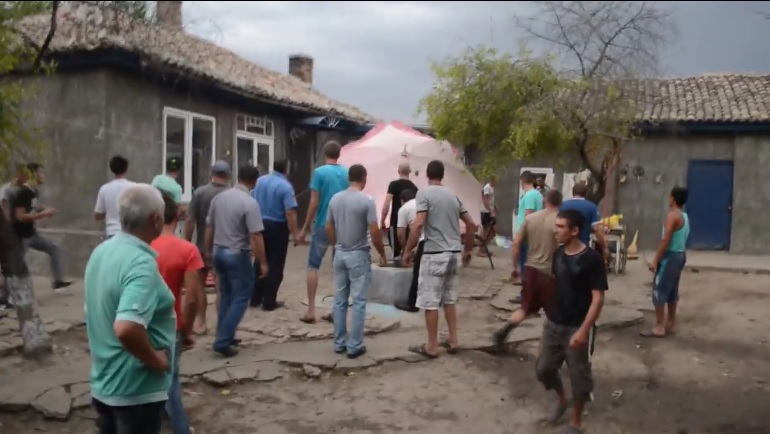
But in contrast to large, distressed materials, I cannot but note that the news headlines and comments are full of hate speech.
“Roma murderer caught in Loshchynivka village denies any wrongdoing, although the evidence base is against him – National Police” (Ukr.Media), “Roma communities agreed to leave Loshchynivka village after the murder of the child” (Focus newspaper), “A tidal wave of popular indignation in Odessa region: violently murdered 8-year old girl” (Independent News Summary), “Cloven hoof: what do the famous Roma people think about the riot in Loshchynivka village” (‘Komsomolskaya Pravda in Ukraine’ newspaper).
Some of the media published photos of the murdered girl that not only violates journalistic ethics, but also violates the rights of a child in general.
Inaccurate details were published quite often. For example, the Odesa police informed that the girl was 9, and most of the media wrote she was 8. At first sight it is a trifle – but this is matter of information accuracy.
This story has another important point. Coverage (as one of the media functions) is in conflict with the principle of ‘do no harm’. And for me, as for a journalist, of ‘do no harm’ principle means a lot to me.
Undoubtedly, event in Odesa region is heinous. However, it is a fact that there are about 2,500 murders per year in Ukraine, but this does not result in 2,500 demolition acts… I do not remember any of the journalistic report that would have covered the situation from this side.
– What are the other words and expressions common for ‘hate speech’ regarding the Roma?
I would like to cite human rights activist Maksym Butkevych that the Ukrainian mass media have not learned to clear the air. There are often phrases like ‘the locals protested against Roma community’, which is unacceptable. After all, members of Roma community are also local residents.
It is very important not to contrast and turn one national community against another.
It is also inexcusable to use military vocabulary, for example, “to organize a green corridor for representatives of ethnic communities from the territory of the village, in order to prevent acts of violence”. After all, it is all about a part of the village/town society, and not about the war realities.
And finally. Professional coverage of any issue – no matter if it is about Roma, Ukrainian and Russian – is not just the way of informing the public. Because the less we know – the more is one suspected. Professional coverage calms tension, highlights key points, “provokes” critical thinking. And in our bipolar world – where there is either a treason, or a victory – it is important to give reliable, cautious, accurate information, especially when it comes to such a delicate topic.
MediaSapiens

